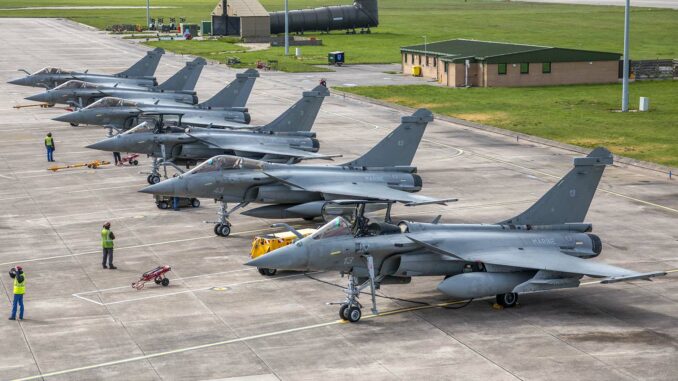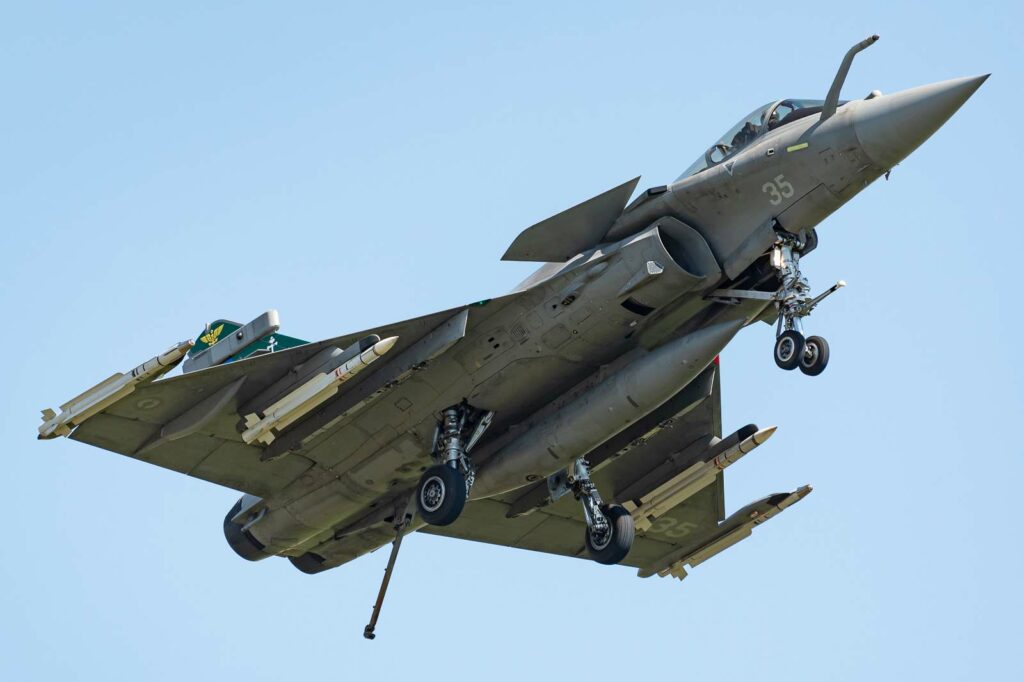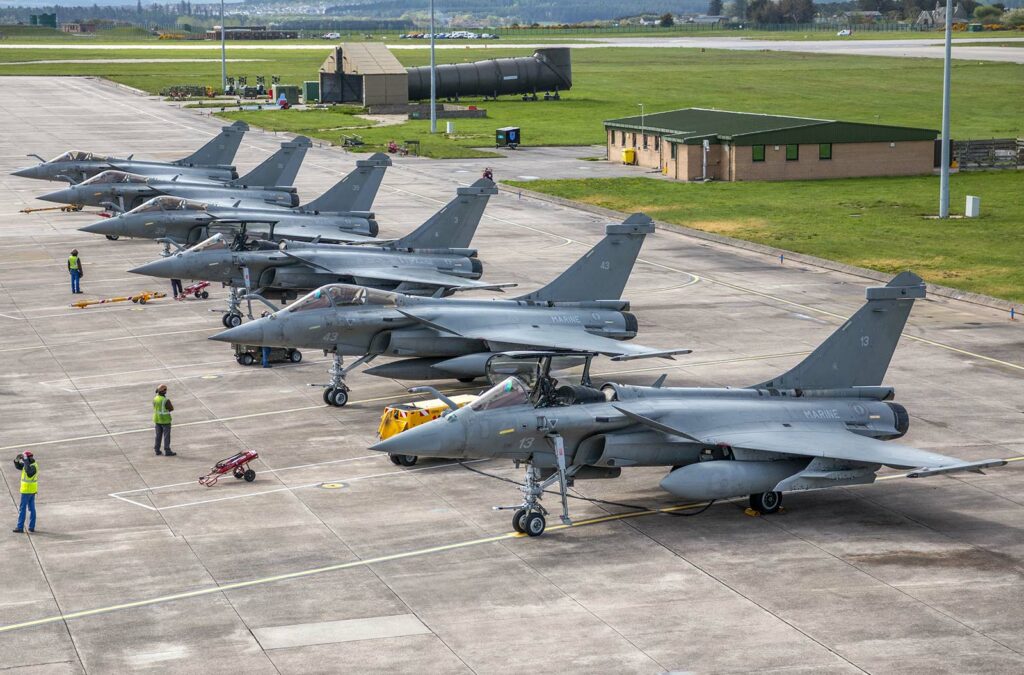
The Indian Navy plans to acquire Scalp cruise missiles for its Rafale-Ms on the INS Vikrant, a major step forward for its military power. A detailed analysis of this strategic development.
The Indian Navy is in talks to acquire long-range Scalp cruise missiles for its 26 Rafale-Ms destined for the INS Vikrant aircraft carrier. This decision, which follows France’s offer for the local production of Naval Scalp missiles, marks a significant step in the reinforcement of the offensive capabilities of the Indian Navy, already equipped with Rafales and Scorpene-class submarines.
The Indian Navy’s recent decision to acquire Scalp cruise missiles to equip its 26 Rafale-M fighter jets for the INS Vikrant aircraft carrier represents a major strategic development. This initiative, coupled with France’s offer to locally produce submarine variants of these missiles for Scorpene-class submarines, underlines India’s ongoing commitment to modernizing and strengthening its armed forces.

Background and current negotiations
In October, India officially requested France to purchase 26 Rafale-Ms for the aircraft carrier INS Vikrant. Negotiations between the Indian Navy and MBDA, the manufacturer of Scalp missiles, are underway to include these missiles in the Rafale-M armament package. This comes four months after the French offer for local production of Naval Scalp missiles for additional Scorpène submarines.
Tactical advantage of scalp missiles
Scalp missiles, with a strike range of over 300 kilometers, offer the Indian Navy a significant advantage over the current Mig-29K and KH-31 combination. Their effectiveness has been demonstrated in various conflicts, including the war in Ukraine, where they successfully destroyed Russian naval targets.
The importance of the naval variant
The naval variant of the Scalp missile, designed for use from Scorpene-class submarines, can reach targets up to almost 1,000 kilometers away. This extended capability represents a significant improvement in India’s underwater offensive capabilities.
Comparison with the Indian Air Force
The Indian Air Force (IAF) already uses Scalp missiles, acquired with the 36 Rafale fighters in 2016. The Navy’s Rafale-M variant can carry only one Scalp missile, as opposed to two for the IAF’s Rafales, but this still represents a considerable boost to the Navy’s strike power.
Strategic consequences
The acquisition of Scalp missiles for the Rafale-M and the potential introduction of the submarine variant for the Scorpène considerably amplify the range and effectiveness of India’s strike force. This could change the security dynamic in the region, particularly in the context of border and maritime tensions with neighboring countries.

Geopolitical implications
By strengthening its military capabilities, India is sending a clear message to its regional neighbors and rivals. This move could prompt reactions and strategic reconfigurations in the region, notably on the part of Pakistan and China.
The Indian Navy’s initiative to integrate Scalp cruise missiles into its arsenal is an important step towards improving its offensive capabilities. It reflects India’s determination to play a more dominant role on the regional geopolitical stage. This acquisition signals a significant shift in the balance of military power in the region, marking a new era of power projection capabilities for the Indian Navy.
The Indian Navy’s acquisition of Scalp cruise missiles for its Rafale-Ms, and the possibility of their use on Scorpene submarines, marks a considerable improvement in its offensive capabilities. This decision, which comes against a backdrop of accelerated modernization of the Indian armed forces, could redefine the balance of military power in the region.
War Wings Daily is an independant magazine.